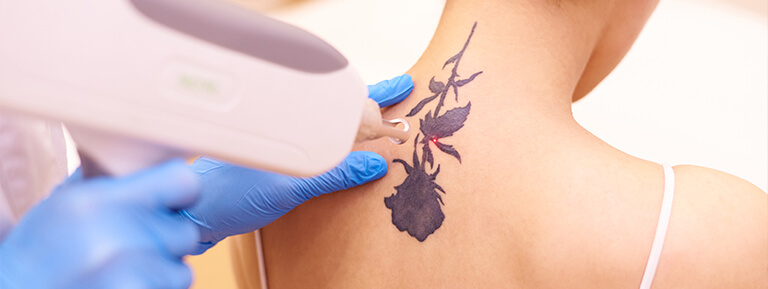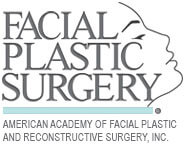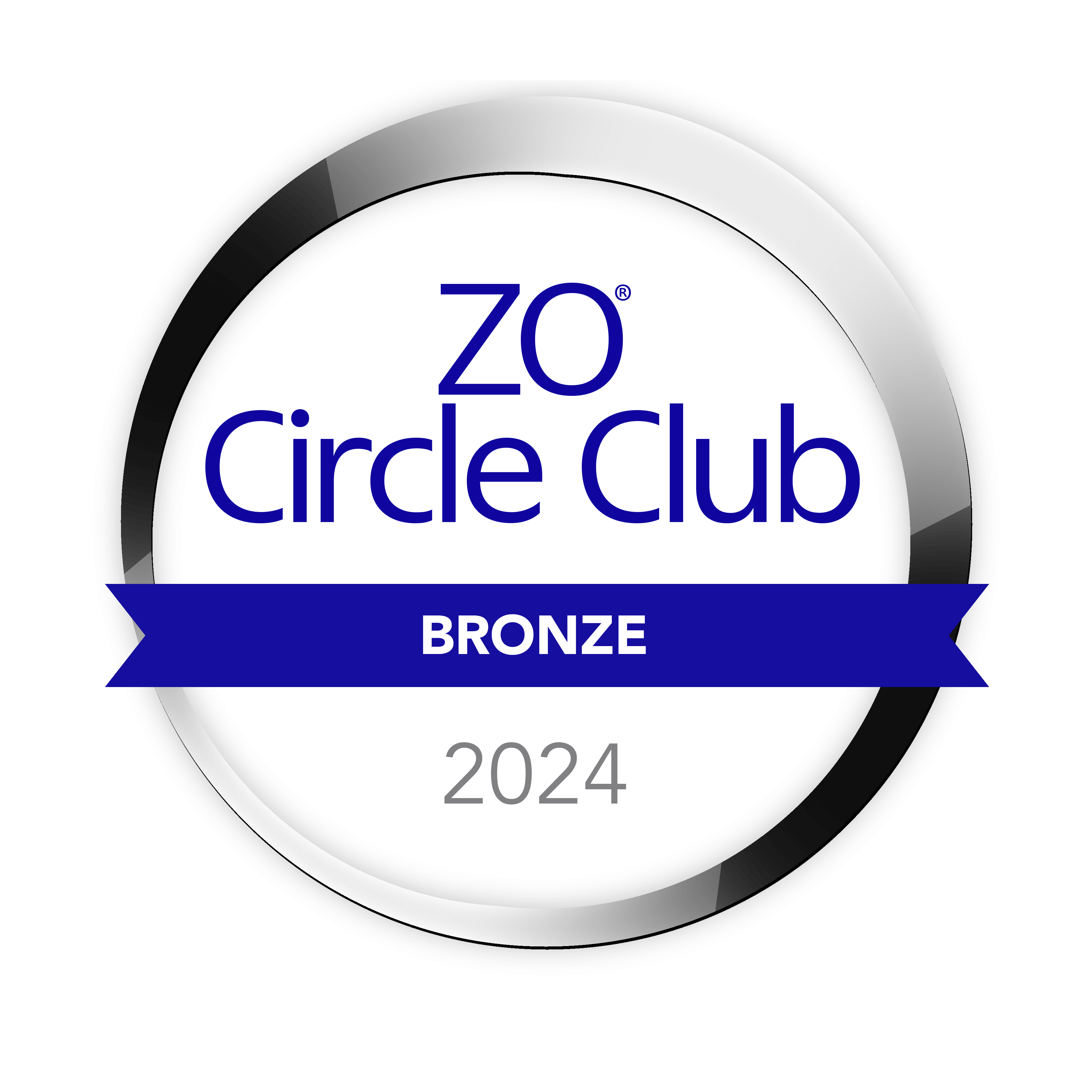Restore volume, lift, and confidence after GLP-1–related weight loss.
Weight loss can be life-changing in the best ways, but for some, it also brings unexpected changes to the face. When you lose fat faster than your skin can adjust, your features can look thinner or less firm than before. This effect is often called “Ozempic Face,” a common nickname for facial changes that can happen after using GLP-1 medications, not just Ozempic.
The good news is that these changes can be improved safely with modern aesthetic treatments that restore balance and lift. In the care of a skilled facial specialist like Dr. Daniel Daube, results can look refreshed, natural, and true to you.
What Is “Ozempic Face”?
“Ozempic Face” is a phrase that gained traction on social media to describe facial changes some people notice while taking GLP-1 medications. These effects, thinner cheeks, looser skin, or a more tired look, aren’t unique to Ozempic itself but are part of how all GLP-1 drugs work.
These medications help regulate appetite and blood sugar, which can lead to rapid fat loss across the body, including the face. There are currently about a dozen FDA-approved GLP-1 drugs, including Wegovy, Mounjaro, Trulicity, and Rybelsus.
So why “Ozempic Face”? The phrase simply stuck because Ozempic was one of the first and most widely used medications in this group, making it the name most people recognize.
What Do GLP-1–Related Face Changes Look Like?
Everyone experiences facial changes differently, but common signs of “Ozempic Face” can include:
- Hollow or sunken cheeks
- Sagging or loose skin around the lower face and neck
- More visible lines around the mouth and nose (nasolabial folds)
- A tired or drawn appearance despite feeling healthy
- Thinner, less defined facial contours
- Mild jowling or skin laxity along the jawline
- Loss of youthful fullness in the temples or under-eye area
These signs can develop gradually as facial fat decreases, but modern aesthetic treatments can restore a smoother, lifted appearance without compromising your natural expression.
Why GLP-1 Medications Affect the Face
The skin and soft tissues of the face rely on a network of fat pads, collagen, and elastin to maintain smoothness and structure. When weight loss happens gradually, the skin has time to adjust as the body changes. But GLP-1 medications often produce faster results, causing facial fat to diminish more quickly than the skin can tighten or rebuild collagen.
Without that underlying support, the skin can appear looser, and areas like the cheeks, jawline, and under-eyes may look deflated. Natural aging compounds this effect, since collagen production slows over time. Together, these factors can leave the face looking more hollow or less firm.
How to Fix “Ozempic Face” and Reverse GLP-1 Volume Loss
While GLP-1 medications work in similar ways, the facial changes they cause can vary based on factors like age, skin elasticity, and how much weight you’ve lost. That’s why treatment should be personalized to your unique features and goals. Some people need a little restored volume, while others benefit from tightening or lifting for a more noticeable refresh.
GLP-1 Face Reconstruction
Facelift and Neck Lift : Restore Lift and Definition
Surgical lifting goes beyond surface tightening to reposition deeper tissues and remove excess skin, restoring youthful contours that non-surgical options can’t fully achieve. It’s ideal for more advanced sagging or volume loss and offers long-lasting, natural-looking results.
Cheek Augmentation : Rebuild Contour and Balance
Cheek or chin augmentation enhances facial structure where fat is lost unevenly, refining shape and restoring proportion. These procedures add subtle definition and support that can dramatically improve overall facial harmony.
Non-Surgical Treatment Options
Dermal Fillers: Replenish Lost Volume
Dermal fillers replace the natural support that’s lost during weight loss, restoring smooth, healthy-looking fullness to areas such as the cheeks, temples, and jawline.They’re ideal for milder hollowing and offer instant results with little to no downtime.
InMode Technology: Tighten and Firm the Skin
Treatments like Morpheus8, FaceTite, and AccuTite use gentle heat energy to tighten skin and rebuild collagen. These are excellent for early sagging or looseness around the cheeks, jawline, and neck, helping the skin look smoother and more lifted over time.
When to Consider Treatment
Timing matters when it comes to facial rejuvenation after weight loss. If you’re currently using Ozempic, Wegovy, or a similar medication, it’s best to wait about three to six months after your last dose before scheduling facial surgery. This gives your body time to stabilize so your results stay consistent as your weight settles.
Non-surgical treatments, such as fillers, Morpheus8, or FaceTite, can often begin sooner and are an excellent way to start restoring volume and lift while your weight and skin adjust. Dr. Daube can help you create a treatment timeline that aligns with your health goals and ensures the best long-term results.
Expert Care with a Natural Approach
It’s normal to feel unsure about where to start. Maybe you’re just beginning to notice changes after weight loss, or you’ve tried fillers and want to explore something more lasting. There’s no single right answer, only what feels right for you.
Dr. Daube helps patients explore their options with care and honesty. With more than 25 years of experience in facial plastic surgery, he guides you through a full range of surgical and non-surgical treatments so you can make choices with confidence.
Bring Back Your Confidence
Weight loss is a personal journey, and so is the process of feeling comfortable in your skin afterward. If you’re ready to take the next step, schedule a consultation to explore your options and create a plan that helps you look as vibrant as you feel.















